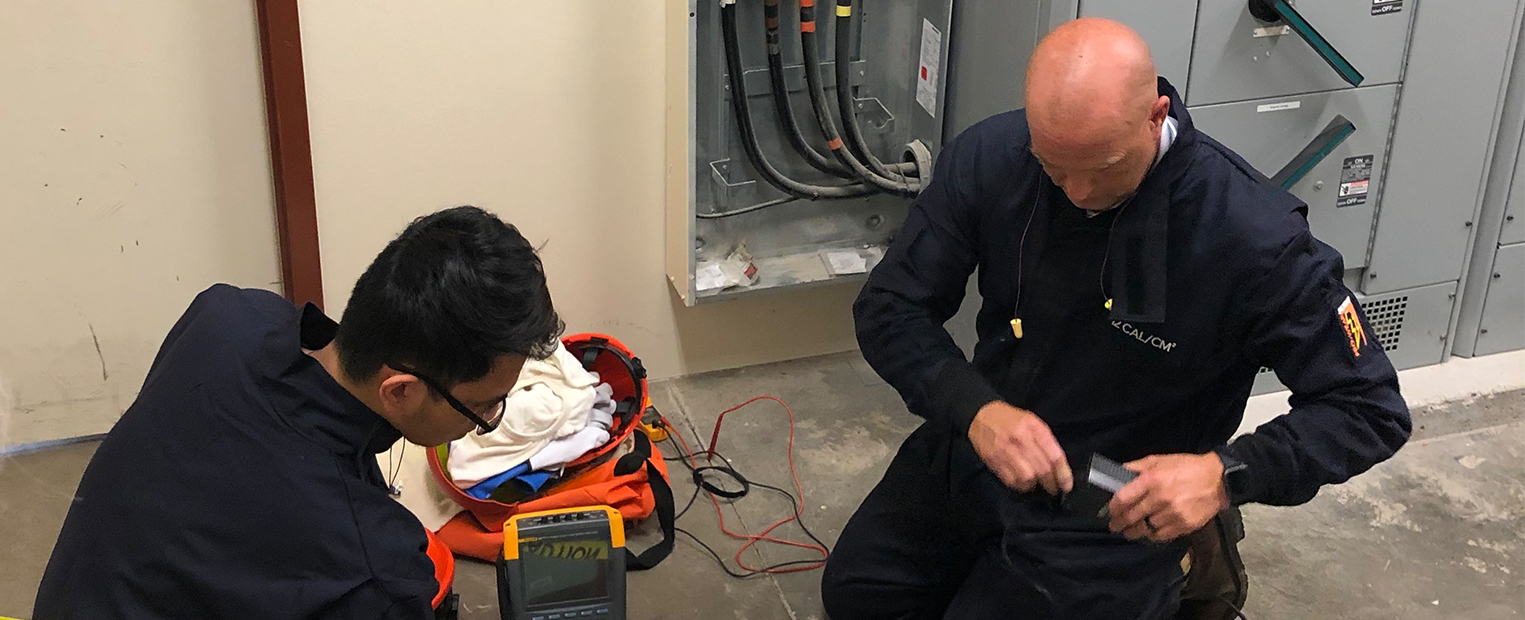Last year a collaborative effort was launched by TCU’s Department of Engineering, the TCU Electrical Department and the multi-disciplinary engineering firm of Baird, Hampton & Brown in Fort Worth to assess the power quality in TCU buildings. Morgan Kiani, associate professor of electrical engineering at TCU, says, “Specifically our overall objective is to assess the consumption of reactive power. By accurate compensation of reactive power (i.e. improving power factor), the cost of electricity will improve, and we will only pay for the active power.”
There are multiple aspects that may be causing poorer quality of power on campus. An increased usage of computational services, as well as the installation of transformers and motors for HVAC systems are major culprits. Allan Werner, electrical supervisor in the TCU Electrical Department, says, “Recent changes in energy quality can be attributed to the excessive use of power electronics and computers that inject significant harmonics into the system.”
Over the summer, electrical engineering student, Nam Au, participated in the collaborative project. “Before the monitoring and assessment power system project and power factor correction at TCU, most of the information that I knew about power systems was taught to me by Dr. Kiani in Circuit III. Throughout this project, I’ve learned much more about power systems and had a chance to test and verify the knowledge that I learned in Circuit III through hands-on experience.” Au had a chance to work with documents and billing for the TCU Bookstore in her assessment. “It was surprising and a little bit shocking to know the amount of electricity that a big building on campus consumes every month,” Au says.
The greatest way to reduce energy consumption on campus, Werner says, is “to automatically monitor the usage and turn off load (lights and air conditioning) when not being used. LEDs and Variable Frequency Drives are great ways to improve efficiency. Other efforts include the installation of new technologies like motors with higher efficiency and highly efficient equipment, lighting control panels that turn on and off on schedules and motion sensors that turn off items if no one is around. Not only will these monitoring and assessment projects help improve the power quality and cost efficiency on campus now, but they also can be applied to future development.”
Kiani adds that considering renewable energy sources may be part of the solution. She says, “Reducing energy consumption and improving efficiency on campus could be achieved with the installation of capacitor banks to locally provide the required reactive power and through the installation of solar energy harvesting to reduce the purchase of the electricity. Battery storage systems that can store energy for consumption during peak hours and excess solar energy would be beneficial as well.”
Learn more about TCU’s Department of Engineering.
